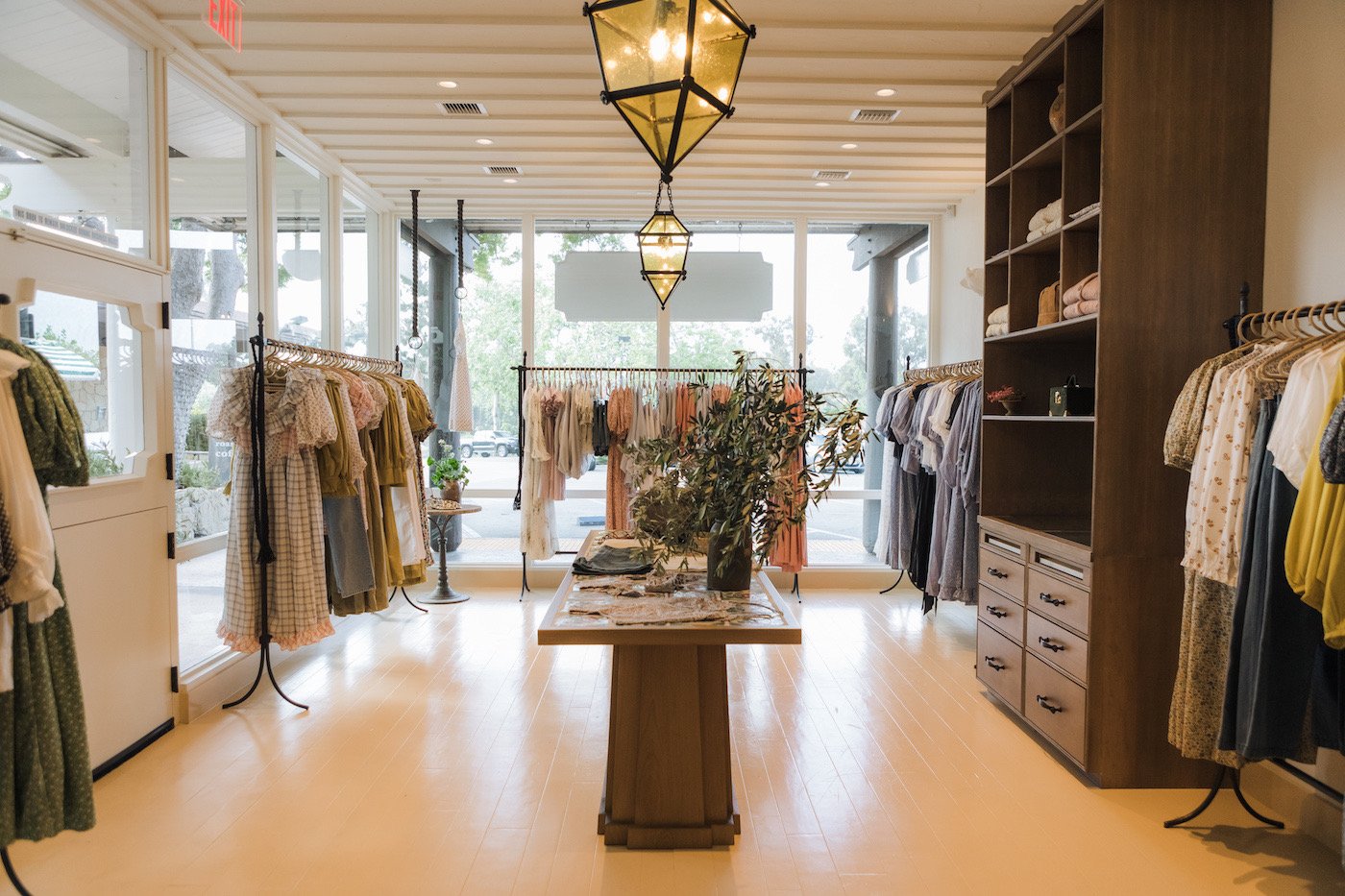Raise Your Wardrobe with Sensational Boutique Fashion Basics
Raise Your Wardrobe with Sensational Boutique Fashion Basics
Blog Article
Checking Out the Evolution and Impact of Garments on Modern Style Trends
The evolution of apparel has actually dramatically affected modern style patterns, combining historical criteria with advanced technologies. Iconic figures like Coco Chanel and Yves Saint Laurent reinvented the style market by presenting concepts that prioritize convenience and ease of access, which continue to reverberate today.
Historical Style Influencers
In the tapestry of fashion history, particular numbers have actually left an indelible mark, shaping the trends and styles that define whole ages. Coco Chanel, a cutting edge designer, redefined ladies's style by presenting comfortable, stylish garments that departed from restrictive bodices.
Elsa Schiaparelli is another crucial number, renowned for her progressive designs that included surrealist art, working together with Salvador Dalí to create whimsical pieces that tested conventional aesthetics. Her cutting-edge use color and vibrant patterns reverberates in contemporary fashion. Yves Saint Laurent, meanwhile, democratized haute couture with prêt-à-porter collections, bringing path designs to the masses and setting a criterion for modern ready-to-wear lines.
These visionaries, amongst others, not just revolutionized style in their times but also established withstanding trends that reverberate in today's style market, offering a foundation upon which contemporary designers continue to construct and introduce. Their heritages underscore the significance of creativity and bold in style's ever-evolving story.
Technical Improvements in Fashion
In the middle of the dynamic landscape of the garment industry, technological developments stand at the center of development, improving how designers produce and customers engage with fashion. The integration of 3D printing has actually changed design processes, enabling developers to trying out complicated frameworks and sustainable materials that were previously inconceivable. This technology promotes fast prototyping, minimizing waste and expediting production times.

Smart fabrics, installing innovation into materials, are additionally changing the sector. Innovations like temperature-regulating and self-cleaning textiles provide improved capability and convenience. Wearable innovation, integrating attributes like fitness tracking and interaction, includes a brand-new dimension to style, merging aesthetics with functionality.
Cultural Changes and Style
As technological innovations proceed to reshape the fashion sector, social changes are just as significant, redefining style and consumer preferences. In recent years, the surge of social media platforms has sped up the dissemination of worldwide style trends, permitting diverse cultural influences to converge and exist side-by-side. This electronic interconnectivity has actually promoted the quick exchange of ideas, causing a more inclusive and eclectic interpretation of design that mirrors the multifaceted nature of modern society.
Social recognition and appreciation have actually prompted designers to attract motivation from a wider spectrum of historic and ethnic contexts, incorporating conventional motifs with modern visual appeals. This fusion has caused style that resonates with a wider audience, advertising a feeling of identification and belonging across different demographics. Furthermore, the increasing need for personalization has actually driven brand names to supply personalized alternatives, making it possible for customers to express individuality while mirroring their social heritage.
Additionally, moving informative post social worths have actually impacted style, with inclusivity and diversity ending up being main themes. news The sector has begun to welcome models and influencers of various physique, ethnic cultures, and gender identifications, challenging conventional charm standards. This transformation highlights the power of cultural changes in forming the future of fashion, as style ends up being a more authentic expression of collective and personal identification.
Sustainability and Modern Design
While the garment industry remains to progress, the necessary for sustainability has come to be increasingly immediate, affecting modern design techniques. This shift aims to attend to ecological issues and ethical considerations, bring about a reevaluation of typical production methods. Developers are currently incorporating lasting materials, such as organic cotton, recycled polyester, and biodegradable materials, right into their collections, minimizing the ecological impact of style. The rise of slow-moving fashion, which emphasizes high quality over amount, encourages consumers to invest in ageless items instead than short-term trends.
Furthermore, contemporary design is identified by its advancement in decreasing waste and advertising circularity. This approach not just mitigates ecological effect yet also enhances the social duty of fashion homes.

Future Trends in vogue

Sustainability will certainly remain to be a driving pressure in shaping future fashion trends. The industry is significantly embracing environment-friendly products and honest production approaches, reacting to an expanding customer demand for accountable practices. Developments such as bio-fabricated materials and closed-loop recycling systems are readied to redefine exactly how clothing is generated and consumed, reducing ecological influence while keeping style and high quality.
Cultural changes, consisting of the rise of inclusivity and variety, will certainly additionally play an essential role. As society comes to be more conscious of social problems, style is expected to come to be a system for expression and change. Designers will likely focus on producing collections that mirror a broader variety of identifications and experiences, championing representation and ease of access.
Final Thought
The development of clothes dramatically affects modern-day fashion fads, where historic influences merge with contemporary layouts. This continuous development highlights fashion's function as a mirror to societal values and technological innovation, recommending a future rich with advancement and inclusivity.
The advancement of clothing has dramatically influenced modern fashion fads, combining discover here historic precedents with advanced innovations.Among the dynamic landscape of the fashion market, technical improvements stand at the center of development, improving how designers develop and customers involve with fashion.While the fashion sector continues to advance, the crucial for sustainability has come to be increasingly immediate, influencing contemporary style methods. As sustainability comes to be ingrained in modern-day layout, it leads the means for a more aware and accountable fashion industry.
The evolution of clothes considerably affects contemporary fashion fads, where historic impacts combine with contemporary designs.
Report this page